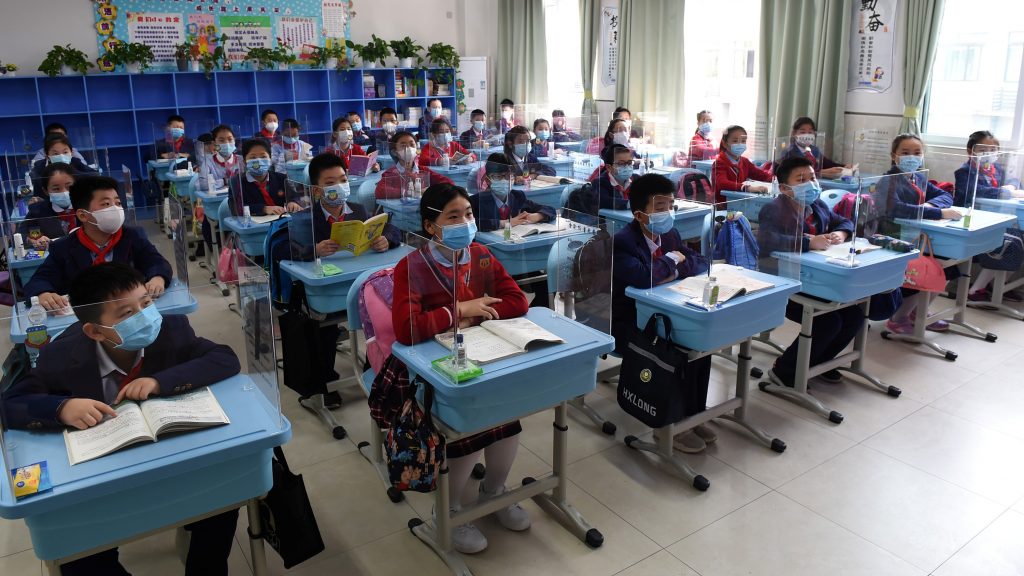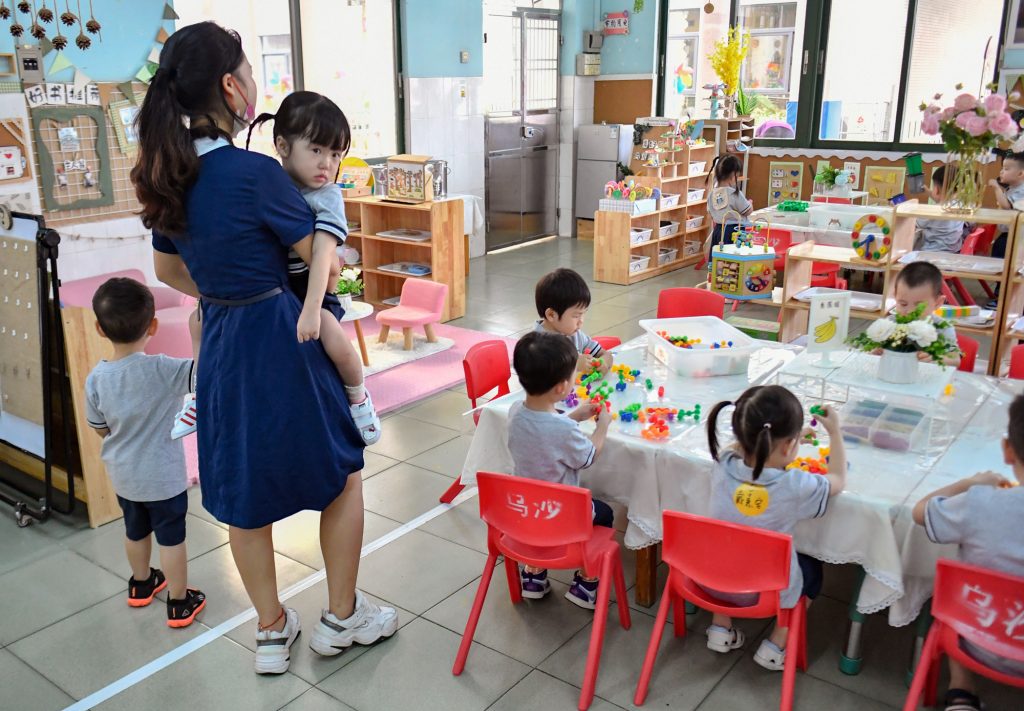Teaching English in China provides a wide array of opportunities depending on the type of institution, each offering unique experiences and benefits. Here’s an in-depth look at the main types of schools and organizations where you might find yourself working:
1. Public Schools

Public schools in China are an excellent choice for teachers looking for structured schedules and a chance to make a broad impact.
- Age Groups: Public schools typically serve primary, middle, and high school students.
- Class Sizes: Classes tend to be larger, ranging from 30 to 50 students. While this may feel daunting, the students are often respectful and eager to learn.
- Teaching Style: The curriculum is usually set, which means less lesson planning but also limited flexibility to introduce creative content.
- Schedule: Teachers in public schools generally work from Monday to Friday, with weekends off and public holidays observed.
- Benefits: These roles often come with perks like free housing or a housing allowance, flight reimbursements, and long paid vacations during the summer and winter breaks.
2. Private Language Centers
Language centers cater to students of all ages, from young children to working adults, who are keen to improve their English skills.
- Flexible Hours: Unlike public schools, language centers typically operate during afternoons, evenings, and weekends, making them ideal for night owls or those who want mornings free.
- Smaller Classes: Classes are usually smaller, with around 4 to 12 students, allowing for more personalized interaction.
- Focus Areas: These institutions often emphasize conversational English, business English, or test preparation (e.g., IELTS, TOEFL).
- Dynamic Environment: Language centers are fast-paced and often require more energy, as teachers may need to create engaging, interactive lessons to keep students motivated.
3. International Schools

International schools in China offer some of the best teaching opportunities for qualified professionals.
- High Standards: These schools often follow Western curricula, such as the International Baccalaureate (IB), British GCSE/A-Level, or American Advanced Placement (AP).
- Compensation: Salaries and benefits are among the highest in the industry, with generous housing allowances, health insurance, and paid vacations.
- Small Classes: Class sizes are smaller, usually capped at 20 students, allowing for a more tailored teaching approach.
- Student Diversity: Students come from expatriate families or affluent Chinese families seeking an international education for their children.
4. Universities
Teaching at a university level is ideal for those who prefer older students and a more academic environment.
- Class Size: University classes are relatively small, typically ranging from 20 to 40 students.
- Teaching Load: The workload is light compared to other institutions, with around 12–16 teaching hours per week. This allows for more free time to pursue hobbies, travel, or even learn Chinese.
- Focus Areas: University courses often emphasize oral English, academic writing, and cultural exchange.
- Lifestyle: These roles offer a more relaxed pace of life, and many universities provide on-campus housing.
5. Kindergartens

For those who love working with young children, kindergartens provide a vibrant and playful teaching environment.
- Interactive Lessons: Classes are highly interactive, incorporating songs, games, and storytelling.
- Age Group: Students are typically aged 3 to 6 years, making patience and enthusiasm essential qualities for teachers.
- Work Schedule: Kindergartens operate during standard school hours, with weekends off.
6. Private Tutoring
Private tutoring is a popular side job or full-time option for many teachers in China.
- Earnings: Tutoring offers high hourly rates, often double or triple the pay of regular teaching jobs.
- Flexibility: You can set your own schedule and take on as many or as few students as you like.
- Customized Lessons: Tutors often tailor their lessons to individual student needs, focusing on specific goals like exam preparation or conversational fluency.
7. Online Teaching Platforms

With the rise of digital education, many teachers also work for online platforms teaching students across China.
- Convenience: These jobs allow you to teach from anywhere with a stable internet connection.
- Flexible Hours: Classes are often held early in the morning or late at night to accommodate students’ schedules.
- Tech-Savvy: Lessons are conducted through virtual classrooms, requiring some familiarity with online teaching tools.
Conclusion
Whether you’re teaching in a bustling city at a public school or working in a rural private language center, each type of institution offers a unique lens into Chinese culture and education. By understanding the nuances of these options, you can find a role that aligns with your professional goals and personal preferences.

